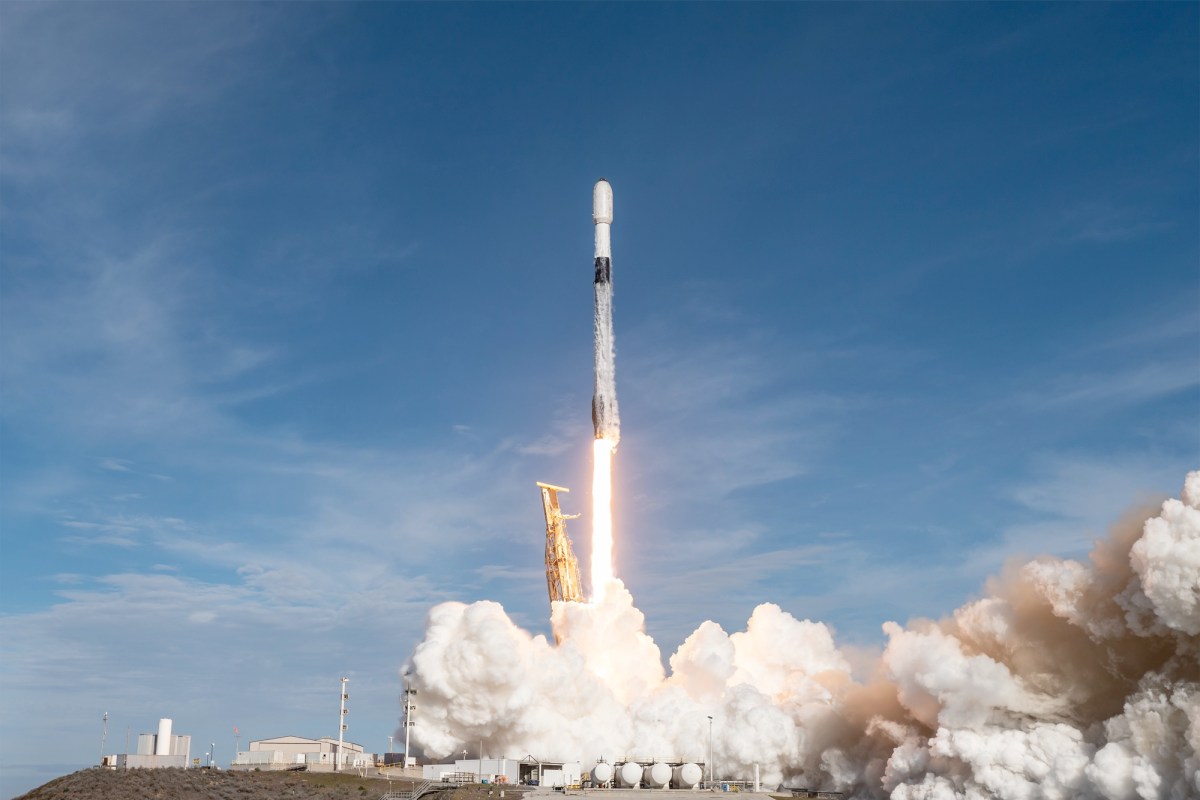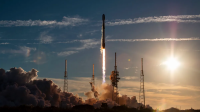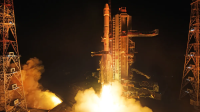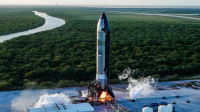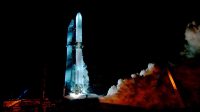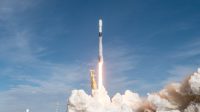A new environmental impact study aims to pave the way for an increase in SpaceX's launches from California's Vandenberg Space Force Base, but community concerns and regulatory scrutiny could pose challenges.
On Dec. 28, SpaceX conducted its 47th and final Falcon 9 launch of the year from Vandenberg, deploying 22 Starlink satellites. This marked the highest annual launch cadence from the site since the 1960s, a stark contrast to 2020 when only one orbital launch occurred.
The U.S. Department of the Air Force announced plans on Dec. 13 for an environmental impact statement (EIS) to evaluate the implications of additional launches and redevelopment of Space Launch Complex (SLC) 6, a second pad SpaceX acquired in 2023. If approved, the EIS would enable up to 100 annual launches across SLC-6 and the existing SLC-4.
The expansion has drawn criticism from environmental groups and residents concerned about the noise and ecological effects of more frequent launches. Public comments submitted to the California Coastal Commission raised issues about sonic booms, with some residents fearing property damage or being “plain scared out of their minds.”
These concerns have also reached Congress, where language in the National Defense Authorization Act calls for a noise mitigation program akin to efforts for military aviation noise. “Residents of the Central Coast in Lompoc and other communities nearby Vandenberg have shared their growing concerns as increased space launch cadence makes launch noise a larger burden on their routines and quality of life,” said Rep. Salud Carbajal (D-Calif.), whose district includes the base.
The California Coastal Commission previously rejected a request from the Space Force to increase annual Falcon 9 launches from 36 to 50, a decision SpaceX has contested as “naked political discrimination.” While the commission's decision does not have the authority to block launches, it highlights growing friction over the rapid growth in launch activity.
The EIS process, expected to conclude in late 2025, will weigh two proposed expansion scenarios against a no-action alternative. Public meetings are scheduled in January to gather feedback.
Proponents argue that expanding launch operations at Vandenberg supports U.S. government space requirements, particularly for medium and heavy-lift launches to polar and geostationary orbits. The Department of the Air Force emphasized the strategic importance of returning heavy-lift capability to the Western Range.
SpaceX's operations have transformed Vandenberg into a key launch hub. The company was responsible for all but one of the facility's orbital launches in 2024, showcasing its dominance in the U.S. commercial space sector.
While the EIS could enable further growth, SpaceX faces significant hurdles in balancing economic ambitions with environmental and community concerns. The outcome of the study and associated public discussions will play a pivotal role in shaping the future of launches from Vandenberg.

